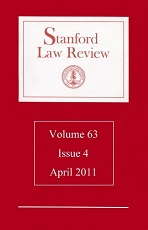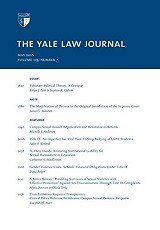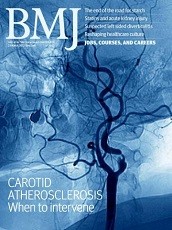Bernard M Dickens, Rebecca J Cook

Abstract
The potential and actual applications of reproductive technologies have been reviewed by many governmental committees, and laws have been enacted in several countries to accommodate, limit and regulate their use. Regulatory systems have nevertheless left some legal and ethical issues unresolved, and have caused other issues to arise. Issues that regulatory systems leave unresolved, or that systems have created, include disposal of embryos that remain after patients’ treatments are concluded, and multiple implantation and pregnancy. This may result in risks to maternal, embryonic and neonatal life and health, and the contentious relief that may be achieved by selective reduction of multiple pregnancies. A further concern arises when clinics must or choose to publicize their success rates, and they compete for favorable statistics by questionable patient selection criteria and treatment priorities..
Dickens BM, Cook RJ. Some ethical and legal issues in assisted reproductive technology. Int J Gynecol Obstet. 1999;66(1) 55-61.






